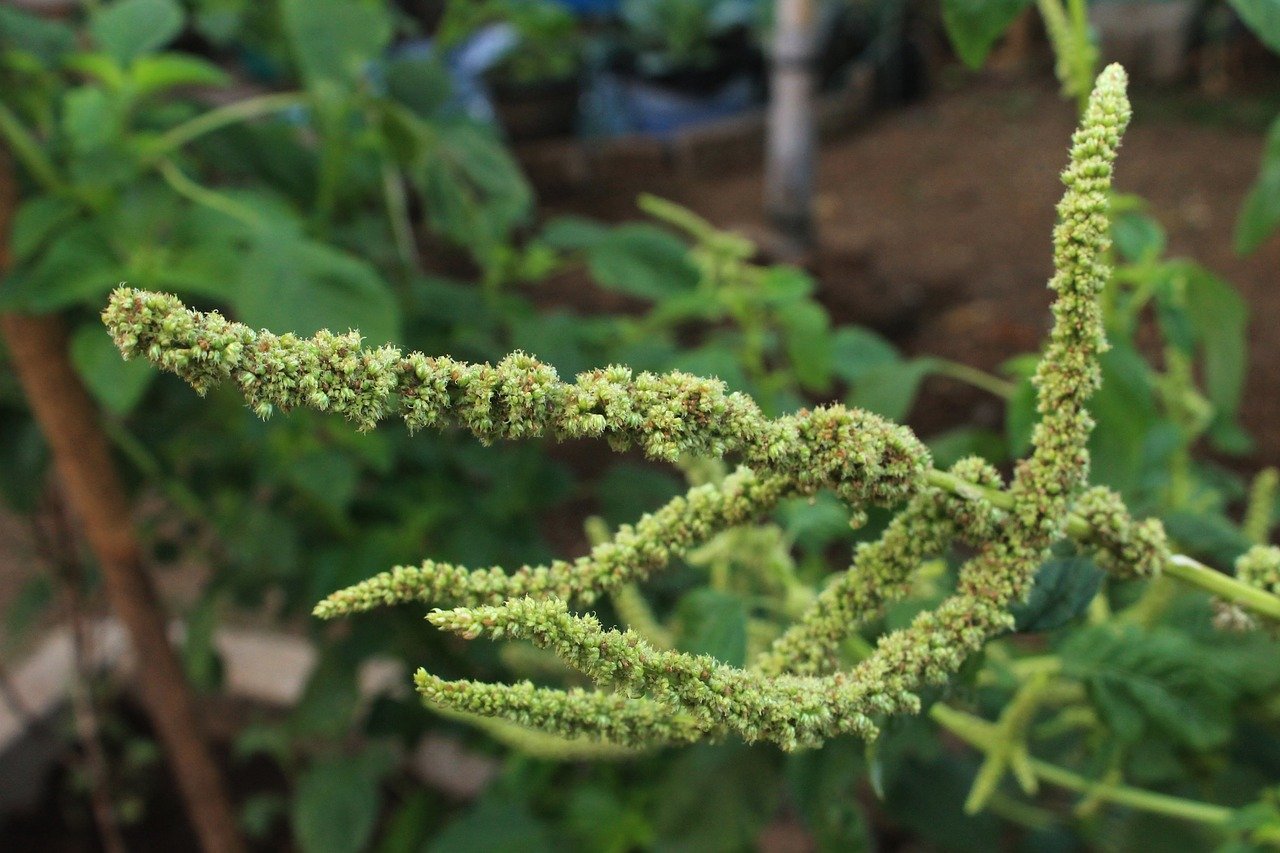There are literally hundreds of hazardous chemicals in food and food packaging. A recent study, “Food contact substances and chemicals of concern: A comparison of inventories,” published in the scientific journal Food Additives and Contaminants, Part A75, identifies 175 chemicals dangerous to human health.
Along with hazardous pesticides, the contents of food contact packaging (foils, wrappers, storage containers and pans) used in the United States and Europe contain hazardous chemicals which continually release into the food items they contain.
This low level, but consistent contamination exposes consumers to known carcinogens, mutagens, reproductive toxins and endocrine disruptors.
Unhealthy Food Additives
- Propylene glycol
- Butane
- Monosodium glutamate (MSG).
- Disodium inosinate
- Disodium guanylate
- Enriched flour
- Sodium nitrate
- Sulfites
- Azodicarbonamide
- Potassium bromate
- Propyl gallate
- BHA/BHT
- Recombinant Bovine Growth Hormone (rBGH)
- Brominated vegetable
- Propyl gallate
- Olestra
- Carrageenan
- Polysorbate 60
- Camauba wax
- Magnesium sulphate
- Chlorine dioxide
- Paraben
- Sodium carboxymethyl cellulose
- Refined vegetable oil
- Sodium benzoate
- Aluminium

Hazardous Artificial Sweeteners
- Agave nectar
- Bleached starch
- Tert butylhydroquinone
- Saccharin
- Aspartame
- High fructose corn syrup
- Acesulfame potassium
- Sucralose
Artificial Food Colourings
- Annatto
- Blue #1
- Blue #2
- Caramel coloring
- Citrus red #1
- Citrus red #2
- Brown HT
- Orange B
- Bixin
- Norbixin
- Green #3
- Yellow #5 (Tartrazine)
- Yellow #6
- Red #2
- Red #3
- Red #40
With a partial list this long of ingredients and additives to avoid, you may wonder what you can eat without posing a health risk to yourself or loved ones. There are a few simple strategies you can follow to eat well and maintain good health.
- Choose organic and whole foods (fruits, vegetables and whole grains).
- Avoid processed, boxed and shelf food.
- Cook more; preparing your own foods allows you to know exactly what you’re eating.
- Eat less meat and choose grass fed, antibiotic and hormone free varieties when you do.
- If you choose to eat dairy, consume hormone free dairy products.
- If you choose to eat seafood, select low mercury and cruelty-free options.
- Consumer Reports also cautions consumers to check the country of origin when purchasing produce. Different countries apply different pesticide guidelines. A consumer can significantly decrease or increase their pesticide exposure depending on a crop’s country of origin.
Photo by Diana Polekhina on Unsplash



